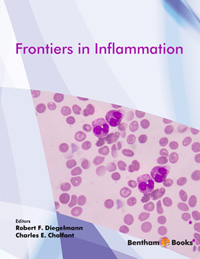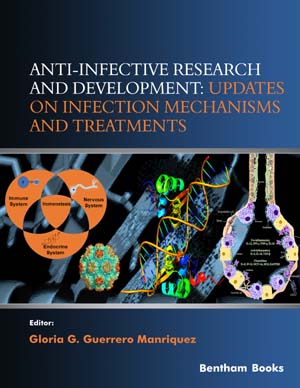Abstract
Analysis of normal and pathological behavior of biological systems has greatly benefited from incorporating networks that capture knowledge about interactions among genes, proteins or metabolites into explorations of data from highthroughput techniques such as microarrays, next-generation sequencing, or mass spectrometry. Signaling, metabolic and regulatory networks can help make results from statistical data analysis techniques more interpretable to biologists, and can serve as a regularizing factor narrowing the search space for statistical models that determine differences between different states of biological systems. However, knowledge about the underlying biological networks is still incomplete, with false negatives and false positives, which may affect outcomes of systems biology studies. Thus, results of network modeling need to be critically evaluated by domain experts, and followed by additional experimental or computational validation.
Keywords: Biological networks, Computational methods, Differential network analysis, Network inference.






















